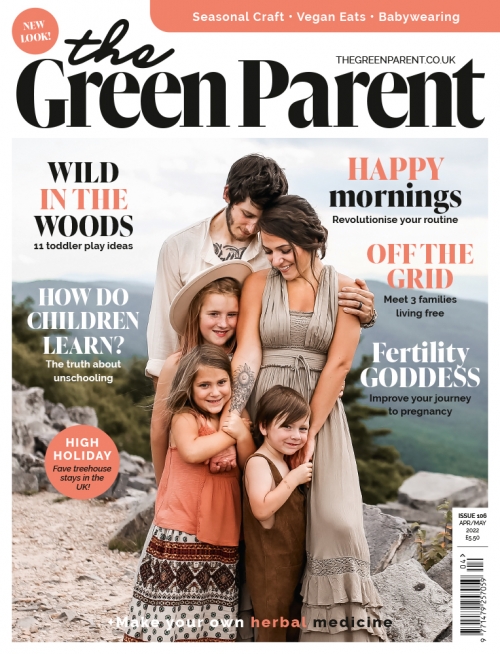National Novel Writing Month, or NaNoWriMo as it’s known, had humble beginnings back in 1993 in the San Francisco Bay area. 21 writers decided to set themselves the goal of ‘a novel in a month’. Since then, it’s gone from strength to strength and in 2011, 256,618 people participated, with 36,843 of them crossing the 50,000 word finish line by the midnight deadline on 30th November. Participants can log in to the website and offer support and advice on the forums, plus log their achievements. The idea behind NaNoWriMo is that everyone has a novel in them, they just lack the time, energy and commitment to get it down. With a deadline to work to, and the knowledge that there are thousands of other writers staying up late around the world to meet their word quota, it’s amazing what you can achieve!
Even if you decide NaNoWriMo is a bridge too far for you this year, it offers an excellent opportunity to get children interested in writing. How about creating a smaller version for your family? Here’s our top ten ideas for a family-friendly NaNoWriMo:
1 Consequences
Remember the delight of the childhood game consequences? Each member writes a different part of the story before hiding their contribution and passing it on. When it’s complete, someone reads it out to the rest of the family, often to peals of laughter! Try incorporating familiar people in funny situations. The classic consequences game involves this set-up:
Person One meets
Person Two at
Place
Person One says…
Person Two says…
Person One does…
Person Two does…
Conclusion (e.g. ‘The room exploded in a puff of smoke’, ‘An elephant walked in and told everyone to leave’ etc. You get the picture!)
With this basic model, you can then let your imaginations go wild, adding what they were wearing, where they went etc. Much hilarity ensues!
2 Write a book together!
With older children, you could set up a game where each family member writes a page or short chapter of a book and reads to the others after dinner or before bed. You can extend this as long as you want, but if you did it throughout the month of November you would have quite a book in your hands!
3 Use pictures
Gather a big pile of magazines and cut out interesting pictures. You can then use these to start a story, particularly if the pictures are quirky, or you can make a kind of picture book with the story written underneath. Visual imagery is often a wonderful way to get creative juices flowing – why is that man standing on a tightrope? Is he part of the circus? Where is that big boat sailing? Who’s on board?
4 Create a cartoon
Using the Tintin or Asterix books as a starting point, have a go at creating a cartoon story. This is particularly useful for children who aren’t that into writing as you can find ways to express a lot in just a few words – think of Snowy’s ‘Woah! Woah!’ or Captain Haddock’s ‘Blistering Barnacles!’ Discuss a basic plot and characters and then get down to bringing them to life with pictures. Another way to do this is cut out speech bubbles, then let your child fill them and stick them on to pictures in magazines.
5 Make an illustrated book
This can be very simple for little ones. Draw or trace basic sketches of animals or objects in a sketchbook and then allow your child to colour them in. Under each sketch, write the name or a simple phrase and let your child either copy this below or trace over it in a different colour.
6 Keep a family journal or scrapbook
Start with a big blank scrapbook just itching to be filled. During the month, collect interesting things you find (everything is interesting, from bus tickets through to dried leaves) and stick them in the book. Write about what you did together – explore some of the feelings and ideas that come up. This can be a far more organic project than the back-to-school ‘in the holidays, I went to…’: this is about what is important to your child and how they felt about it. It’s also a lovely thing to look back on in years to come.
7 Finish somebody else’s story or develop a character from a best-loved book
Begin by reading a few pages of a story and then close the book – what happens next is up to your child! If they are struggling for ideas, discuss possible eventualities. This is often easier with a book you haven’t read before, unless your child really doesn’t like a particular ending and wants something different for the characters! Another way to explore this is to take a favourite character and place them in an unfamiliar situation – Captain Hook in the supermarket for example.
8 Use interesting objects as your prompts
Ever notice something on your walk to school and think, how did that happen? It can be as simple as shoe hanging from a telephone wire or an old car in a car park. Challenge each other to come up with the most outlandish stories – the shoe belongs to a one-legged genie who lives in the clouds, or the car is in fact a spaceship inhabited by friendly aliens made to look like a car so that no one notices it. Let your imaginations run wild. When exploring stories, you don’t always have to write them down. Just playing with ideas and telling stories is a wonderful way to get creative together.
9 What happens next?
Help younger children follow the trajectory of a story by choosing a simple tale and writing it down sentence by sentence. Now cut out each sentence and let your child put the story in ‘order’. It’s interesting where they go with this one – if the story ends with a little person being put to bed they might revise it to the bit where they fly off with some fairies! You can make up your own if you can’t find any story books that are suitable.
10 Read together
It doesn’t matter if your child isn’t that into writing. It should never be a forced activity, simply something fun to do and explore together. One way to help kids learn about the joys of writing is to read to them – a lot! Maybe this NaNoWriMo will be a month of reading a treasured tale together every night.
Article by Lucy Corkhill







